A bronze statue partially submerged in the thermal bath.
Studying these sites, researchers can peer into the lives of ancient civilizations.
This treasure trovehidden for millenniahas rewritten a chapter in ancient history.
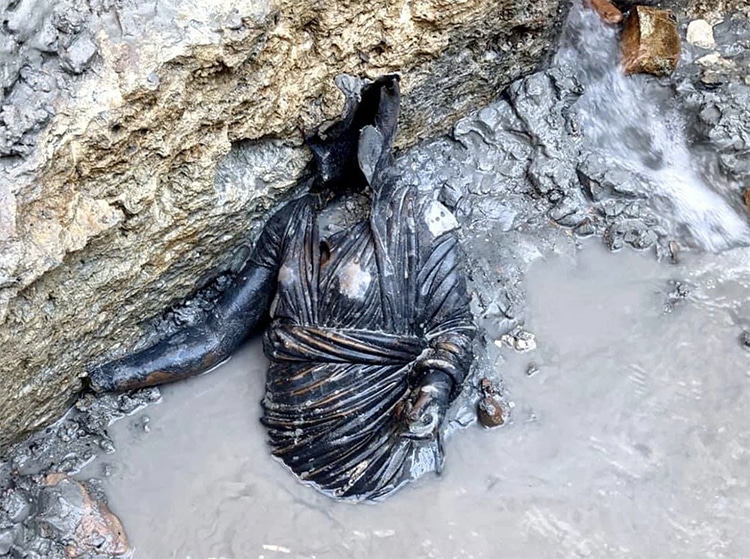
A bronze statue partially submerged in the thermal bath. (Photo:Italian Ministry of Culture)
The dig at the baths in the small town in San Casciano dei Bagni began in 2019.
The mud of the baths soon revealed 24 incredible bronze statues.
A nude man standing contrapposto, several busts, and a be-robed woman emerging from the water.
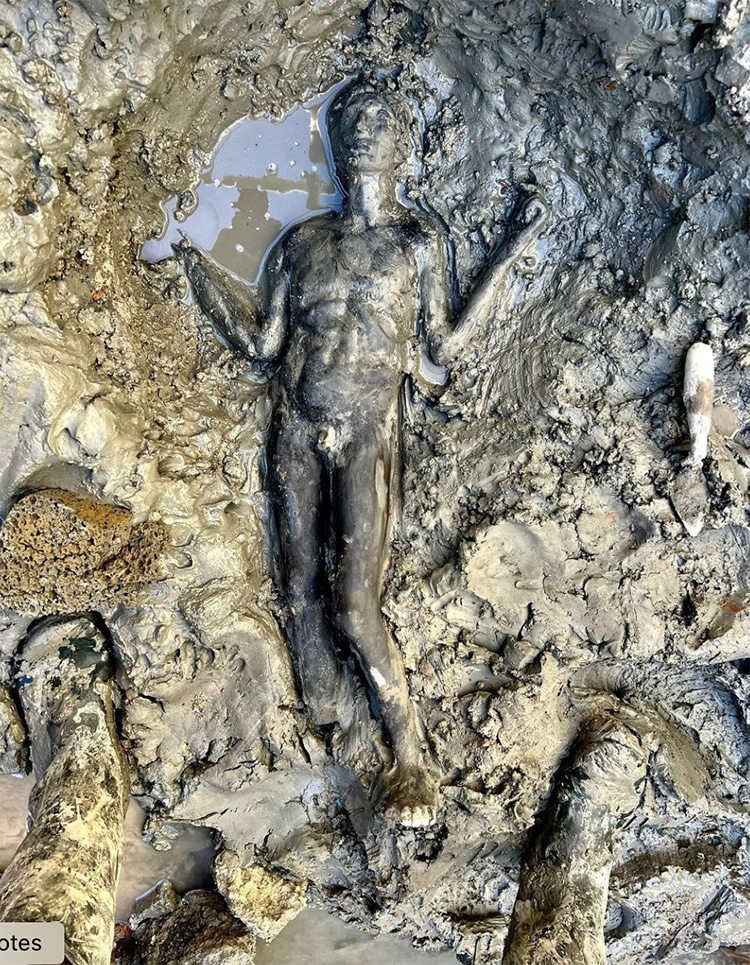
Photo:Italian Ministry of Culture
The statues are the likenesses of Hygieia, Apollo, and other Greco-Roman gods.
They bear inscriptions in Latin and Etruscan and indicate the names of Etruscan families.
Despite the conquering Romans attempts to supplant Etruscan culture, the statues and their inscriptions indicate coexistence.
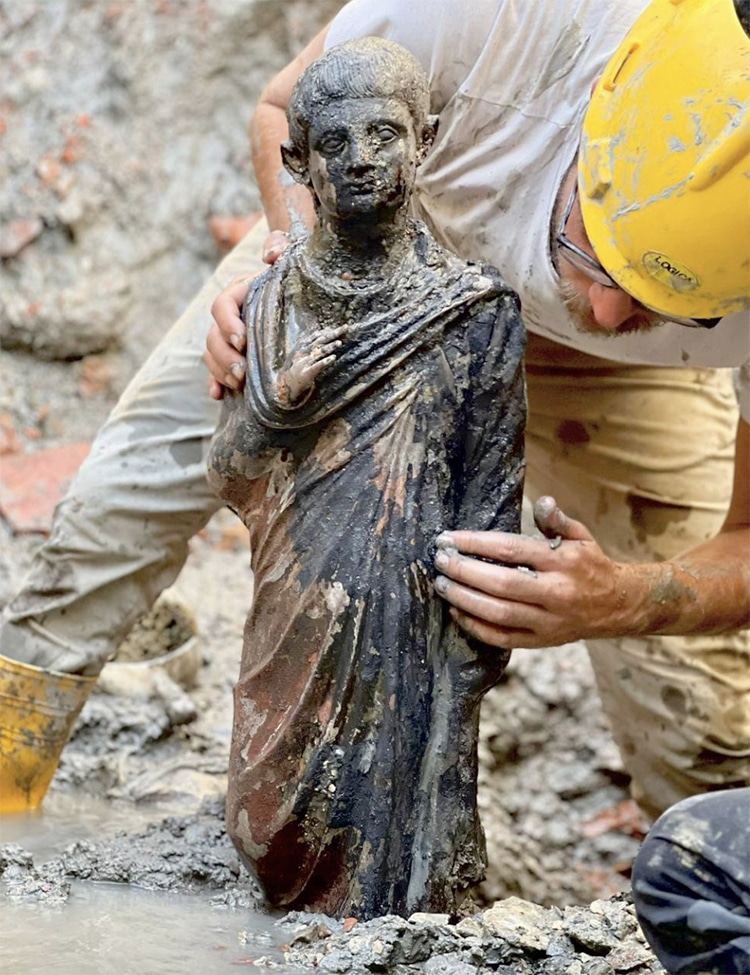
Photo:Italian Ministry of Culture
This discovery rewrites the history of ancient art, historian Jacopo Tabolli adds in astatement.
Here, Etruscans and Romans prayed together.
The statues were likely submerged on purpose into the mineral baths as part of an unknown ritual.
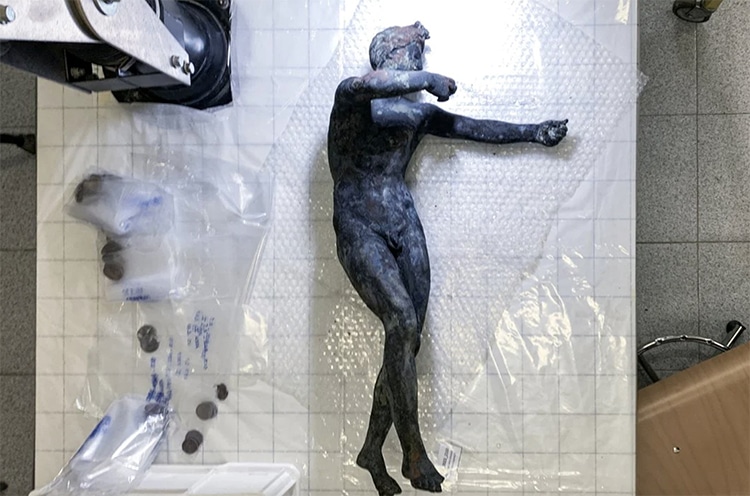
Photo:Italian Ministry of Culture
The water of the baths protected the statues from oxygen which can encourage bacterial damage.
The baths were in use through the Christianization of the failing Roman Empire in the 5th century CE.
It is a female statue, entirely bejeweled, with very detailed necklaces and earrings.
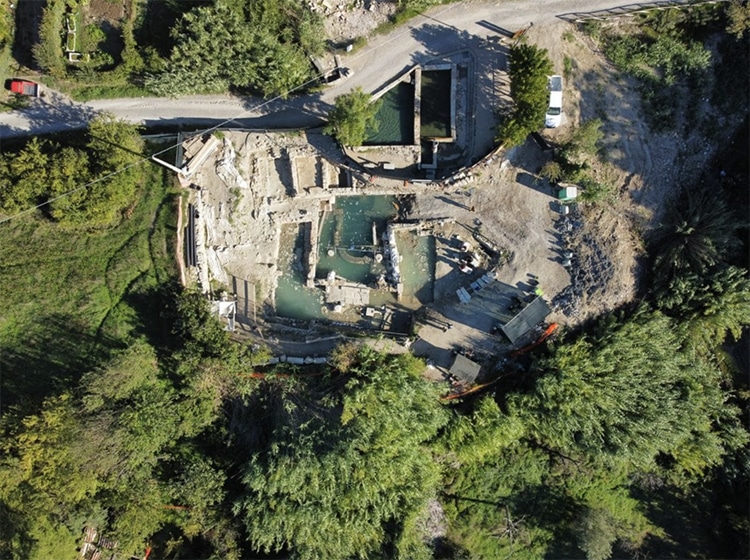
Photo:Italian Ministry of Culture
An example of what a woman of the time must have been like.
These magnificent statues are currently being restored, and will soon be displayed in a museum in San Casciano.
Photo:Italian Ministry of Culture